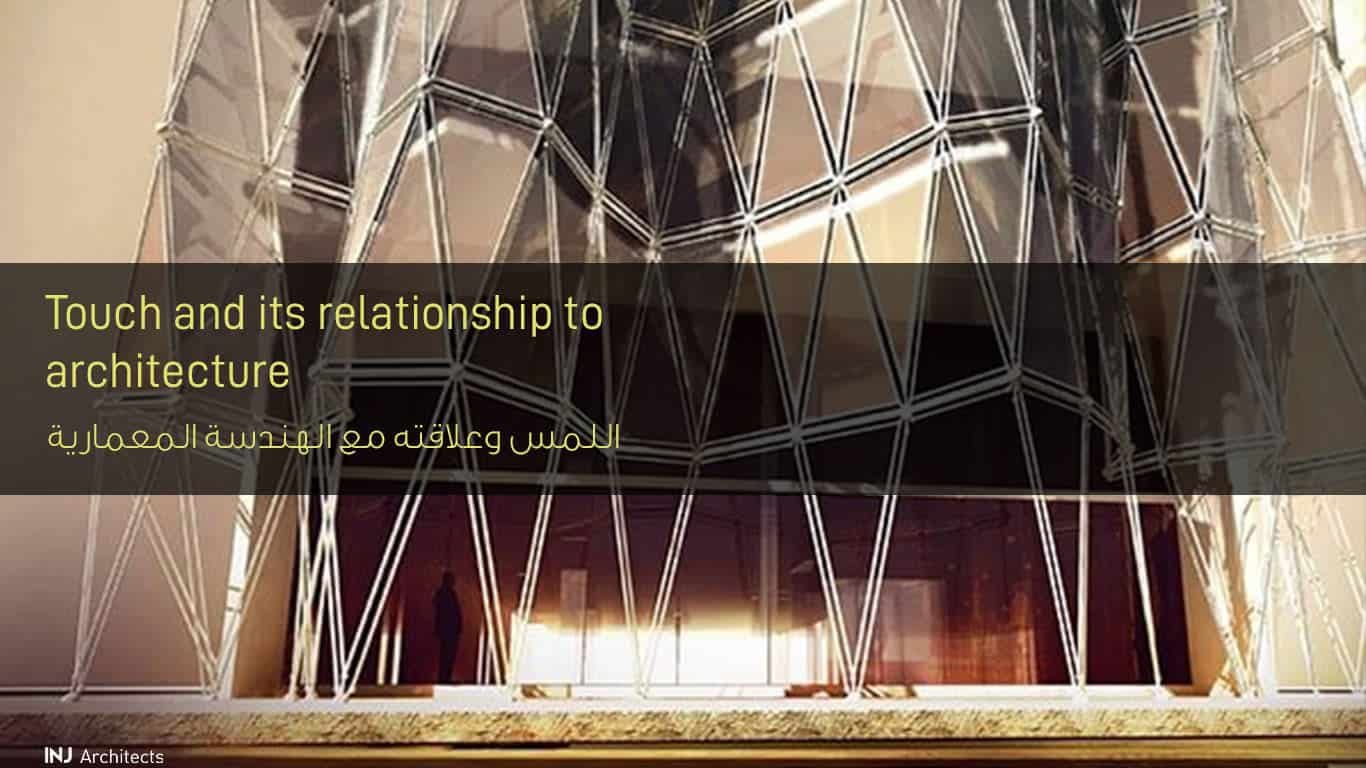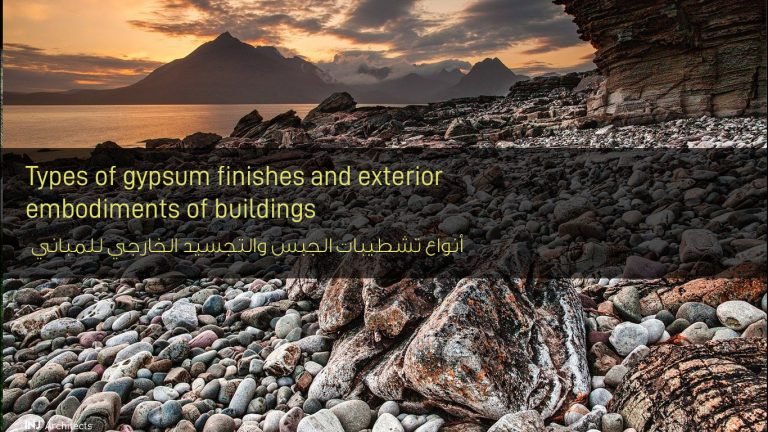Touch and its relationship to architecture
Touch and its relationship to architecture
Touch and its relationship with architecture – architectural designs are often compact, so focusing on visual sense and language shortages to describe touch, it is difficult to paint the warmth of the room or take a picture of the raw feeling of the wall, yet touch plays a prominent role in the experience of space and therefore must be taken into Consideration in the design process, as having the sense of touch is the ability that we have to exempt from the digital world and embed it in our environment.

Architecture and its relationship to touch
Technology continues to develop more dominance in the natural world every day, as our fingers know how the phone screen feels from touch hours every day, and we also understand vibrations as meaning we have a text message, or that our character is struck in a video game.
But most digital touch signals feel the same thing but they mean different things, as they touch the numbers on the screen instead of turning the phone call on a rotary phone, the touch loses its importance in technology and seeks to balance the physical world with it, wrote Sebastian Cox, the furniture designer who uses Natural materials, people are attracted to touch because they are looking for something with a real touch, we spend a lot of our time in the digital world, and this is a natural thing that brings us closer to reality, as touch is a confirmation of humanity, able to remind us of what is real and what is not real.
Touch capabilities and their effects on architecture
On the capabilities of touch, as the door handle is the handshake of the building, where there is a relationship that connects the sense of touch to time and traditions, and through the impressions of touch we shake hands with countless generations Our hands were drawn on the surfaces that were designed and touched by others.
The skin works on reading the texture of the material, its weight, density, and temperature. Basma stresses the importance of slow processes, such as “the ideal pebble on the palm of the hand that achieves the tide. The time when it occurs turns into this form, where your skin can respect it and respect the age, craftsmanship and care, despite our bodies You feel the pressure of gravity between us and the Earth. The position of architecture between that force is important and should be meaningful.
This design is a Skene Catling de la Peña Architects design intended to create meaningful moments through their architecture, where at Flint House, we find that the carved surface of terrazzo and flint was chosen for its roughness, to be read like Keifer’s ash and lead paint, or Auerbach paint strokes As the layered granite creates a unique texture that seems to require a touch, so the visitor realizes their presence and the interaction of their bodies with space, the quality of the smooth glass, with the natural texture of the granite from the terrazzo that emanates from the surfaces and surrounds the visitor and asks to feel the feel of the geometry as it should be There is a relationship between touch and engineering.
Although the feeling of touch has long been neglected by most architects, it can make a place a home, and make a person feel welcome and accepted, Balama refers to the shape of the home and its relationship to the pleasure of the skin as a unique feeling.
This indicates Alvar Alto’s interest in meeting the body and body rather than just aesthetic aesthetics, as he deals with the power of touch in his architecture, which shows a muscular and haptic presence that includes disturbances, skewed confrontations and polyether ether violations in order to provoke physical, mental and auditory experiences.
The strong relationship between architecture and touch has a major impact on architectural designs, because architects take into account the sensory and moral connotations of things that express nature’s own texture.
Also browse: Art as the main influencer of architecture






